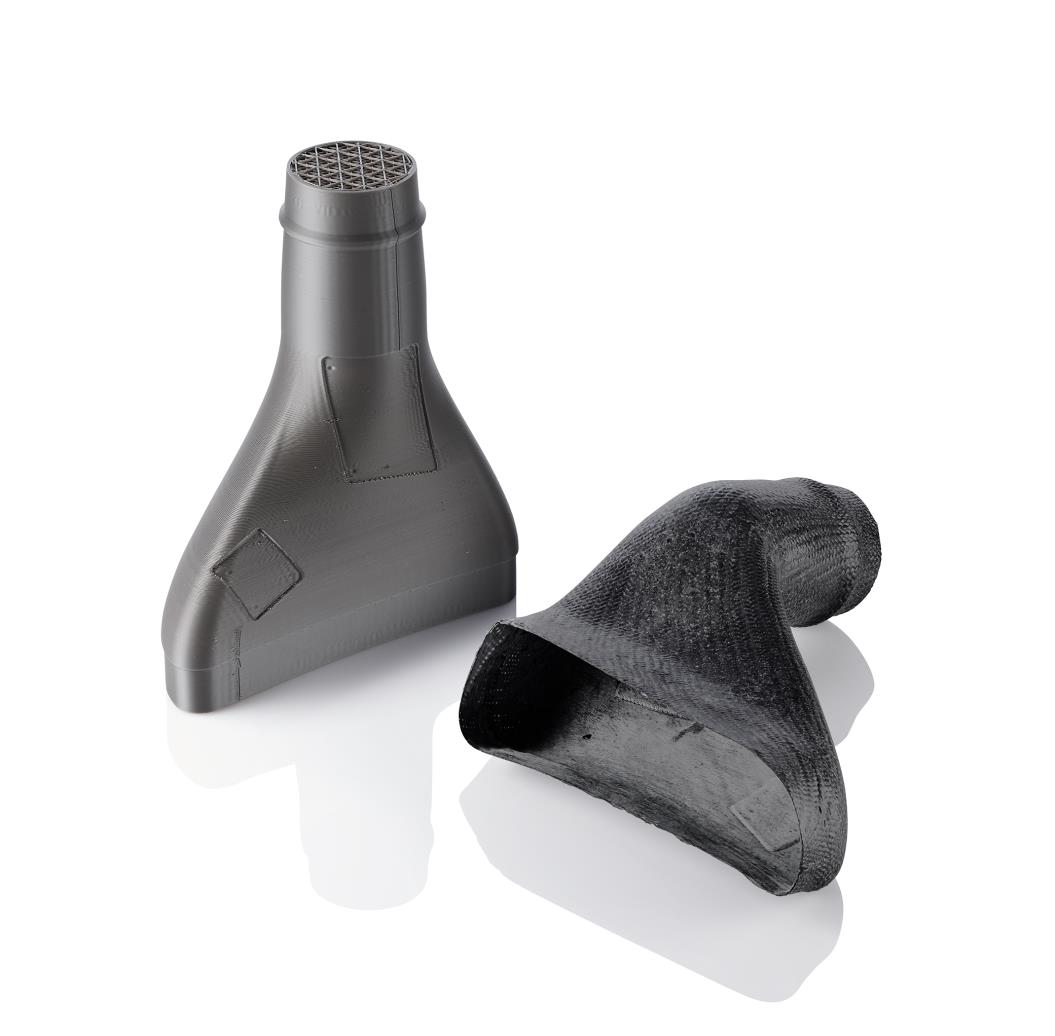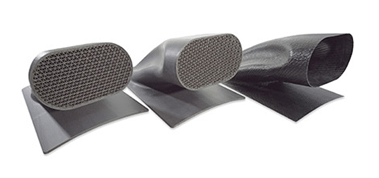Overview
Some manufacturing components’ only function is to occupy the space that it will fill in the final product. Claiming this space offers assessment and confirmation of critical installation issues such as assembly, serviceability, routing and interfaces which results in a component that can either be purchased or manufactured. During the time between installation assessment and final product assembly, design modifications could occur and parts may possibly be damaged during repeated installation cycles. If this occurs, the component must be either be repaired or replaced. Surrogate parts exist to preserve all critical details for an installation while minimizing expenses and lead times.


Application
3D printing surrogate components with FDM allows you to produce as needed, with up-to-date configuration changes. FDM surrogates will help confirm clearances and interfaces for installation assessment, highlight any serviceability issues, and validate routing interfaces. As the final product is finishing, the surrogate parts may also act as training aids for technicians and service staff.
Process
Since FDM requires no tooling, design revisions are easily added in the following iterations when neighboring subassemblies are modified.
New surrogates are easily created according to the last design revision. The thermoplastic surrogates are also lightweight and non-marring, making installation easier and reducing the possibility of damage to nearby components.
Surrogate Configuration Options:
- Envelope Verify fit (space claim) and access for installation and service. – Basic: simplified representation that eliminates non-functional features. – Advanced: Complete representation for assessment of functional clearances (e.g. sway and cooling zones).
- Interface Validate routings and connections (e.g., fluid fittings and electrical connectors). – Integrated: interfaces constructed in surrogate. – Hybrid: production hardware mounted to surrogate.
- Ergonomic Represent weight and balance in training aids. – Ballast: add sheet, bar or shot material to surrogate.
- Smart Integrate feedback devices for surrogate detection and data capture. – RFID: encapsulate or attach tags for surrogate identification. – Sensor: embed or attach measurement devices.